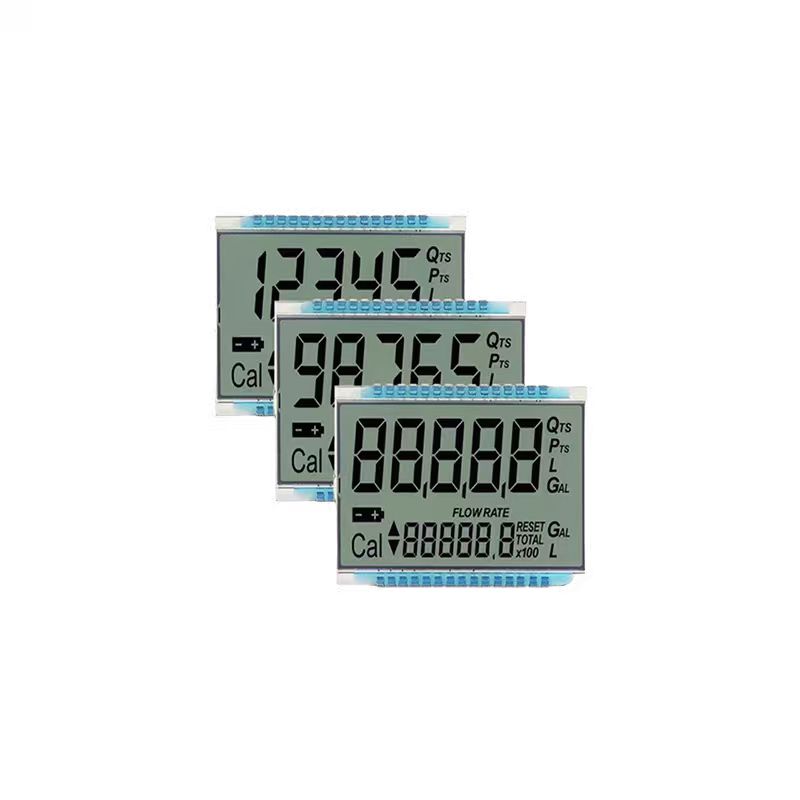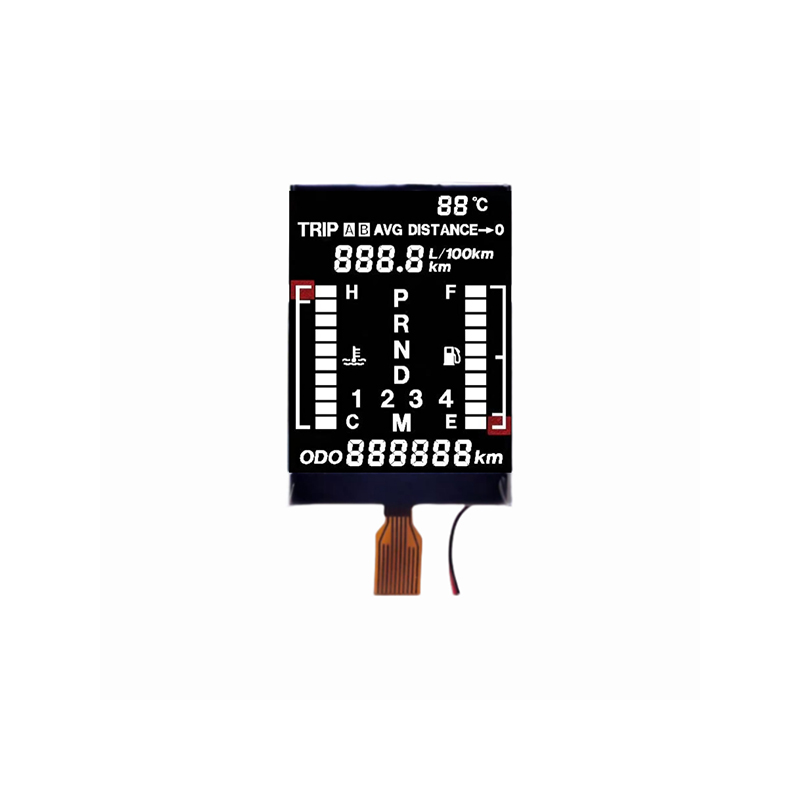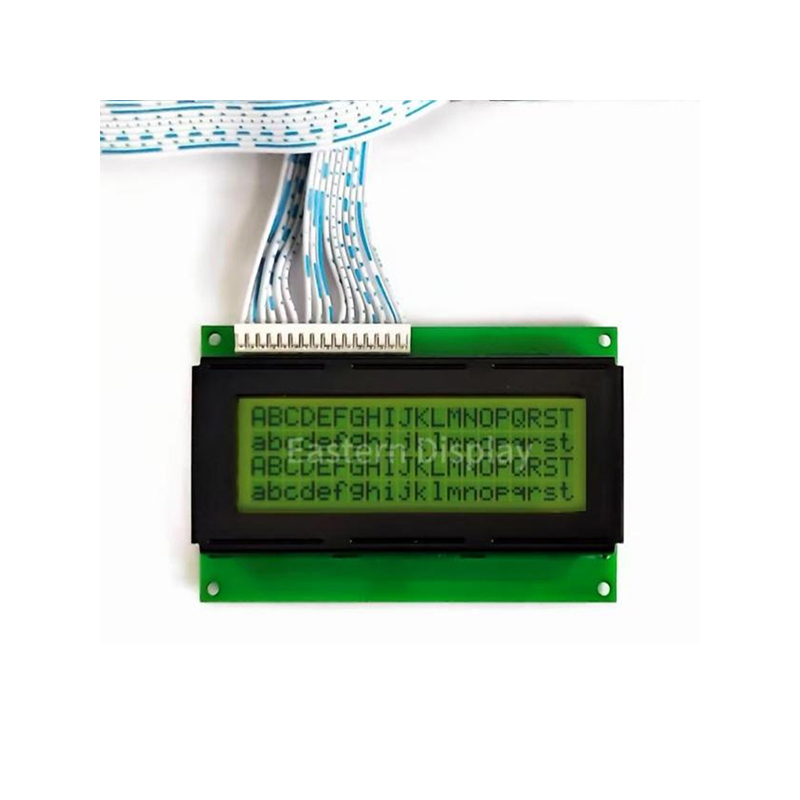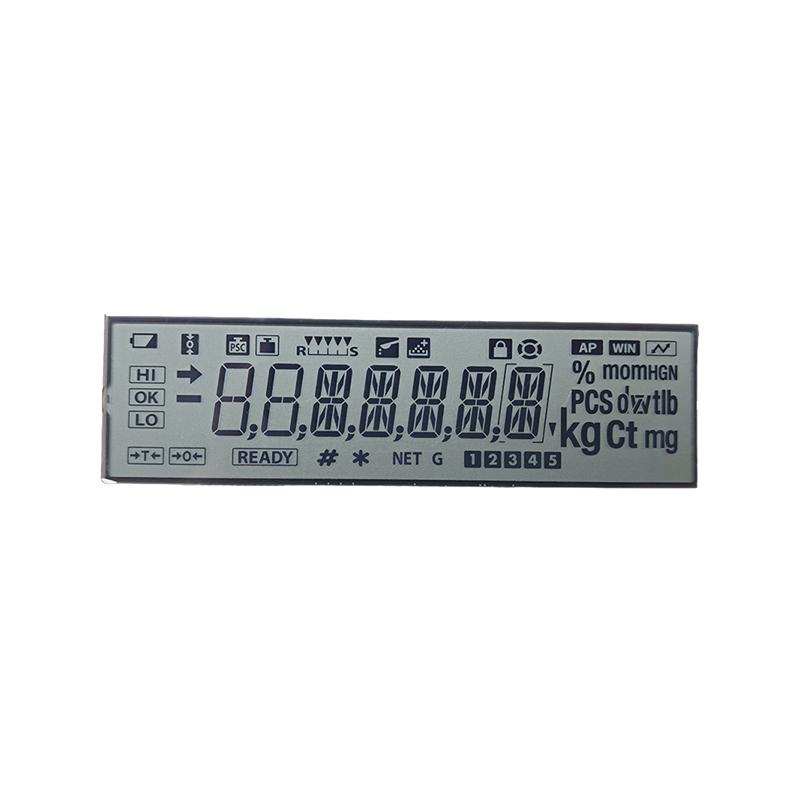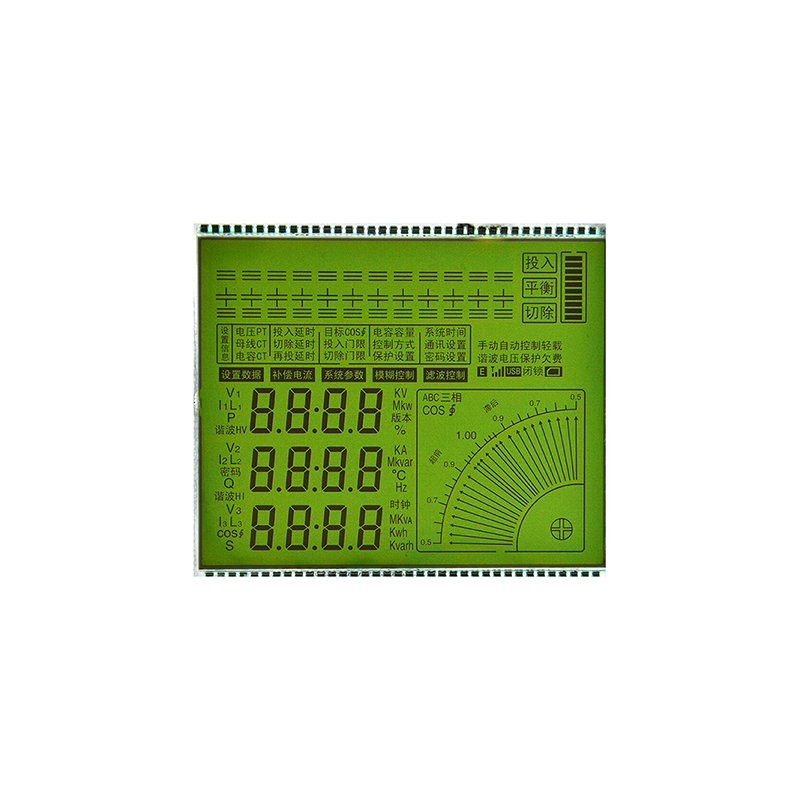
This comprehensive guide explores the world of LCD LED testers, providing essential information for selecting, using, and troubleshooting these crucial tools. We'll cover various tester types, key features, and practical applications to help you make informed decisions. Learn how to diagnose display problems effectively and ensure optimal performance of your LCD and LED screens.
Before diving into LCD LED testers, it's beneficial to grasp the fundamental differences between LCD and LED display technologies. Liquid Crystal Displays (LCDs) utilize liquid crystals to modulate light, often requiring a backlight. Light Emitting Diodes (LEDs) can act as the backlight in LCDs (backlit LCDs), providing improved energy efficiency and color accuracy. Understanding these differences is key to correctly diagnosing issues and using the right LCD LED tester.
The market offers a wide range of LCD LED testers, each catering to different needs and budgets. Here are some common types:
These entry-level testers primarily check for power and backlight functionality. They are often affordable and suitable for basic troubleshooting. However, they lack advanced features for in-depth diagnostics.
Advanced models provide comprehensive testing capabilities, including dead pixel detection, backlight uniformity checks, and color accuracy assessments. These testers are essential for professionals and serious hobbyists requiring precise analysis.
Some LCD LED testers support a wide range of screen sizes and resolutions, offering flexibility and cost-effectiveness. However, always verify compatibility with your specific display before purchasing.
Certain LCD LED testers are designed for specific applications, such as automotive displays or industrial control panels. These testers offer tailored features for these specialized needs.
Selecting the right LCD LED tester depends on your specific requirements. Here are some crucial features to consider:
| Feature | Description |
|---|---|
| Screen Size Compatibility | Ensure the tester supports your display's size. |
| Resolution Support | Check if the tester handles your display's resolution. |
| Dead Pixel Detection | A vital feature for identifying faulty pixels. |
| Backlight Test | Assesses the backlight's functionality and uniformity. |
| Color Accuracy Measurement | Useful for professional applications requiring precise color reproduction. |
With a reliable LCD LED tester, diagnosing various display issues becomes significantly easier. Common problems include:
Using the dead pixel detection feature of your LCD LED tester helps quickly identify and locate these faulty pixels.
The backlight test function pinpoints problems with backlight functionality and uniformity, aiding in effective troubleshooting.
Advanced testers allow for precise color accuracy measurements, helping to identify and resolve color reproduction problems.
The best LCD LED tester for you will depend on your skill level, budget, and the type of displays you work with. For basic troubleshooting, a simple tester might suffice. For more in-depth analysis and professional applications, an advanced model with features like dead pixel detection and color accuracy measurement is essential. Remember to check the compatibility of the tester with your specific display before purchasing.
For high-quality LCD and LED panels and related products, consider exploring the offerings of Dalian Eastern Display Co., Ltd.. They provide a wide range of options for various applications.
1 Manufacturer websites and product specifications.






